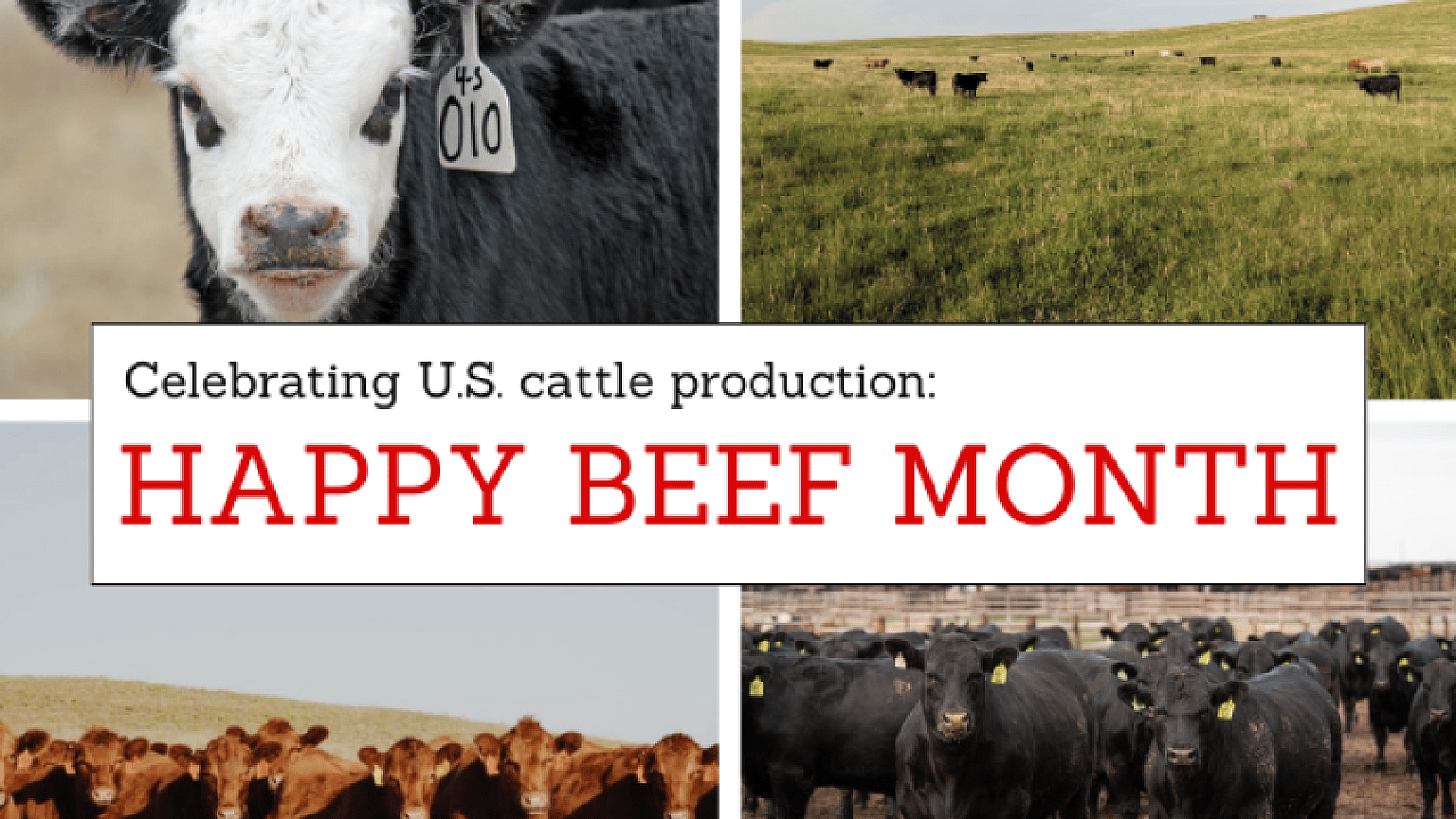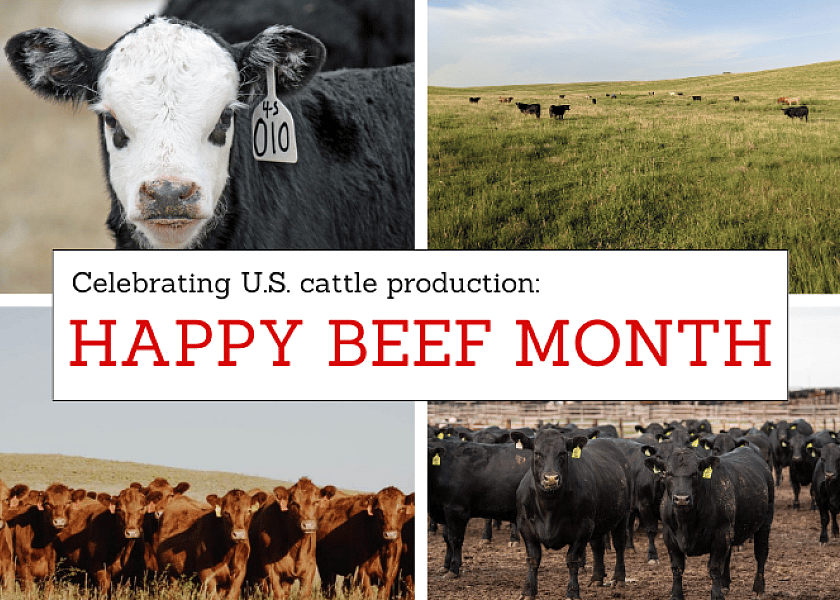WASHINGTON, DC – The Navigable Waters Protection Rule would be repealed and replaced with pre-2015 definitions of waters of the U.S. in a proposal released by EPA and the U.S. Army Corps of Engineers last week.
It is the first step in eventually replacing the Trump-era rule with a new rule sometime next year.
 Along with a release of the proposed repeal and replacement, the EPA released a 177-page economic analysis of the proposal that will be open for a 60-day public comment period once published in the Federal Register.
Along with a release of the proposed repeal and replacement, the EPA released a 177-page economic analysis of the proposal that will be open for a 60-day public comment period once published in the Federal Register.
EPA has indicated its intent to draw on the experience of the pre-2015 rule, the Obama-era Clean Water Rule and the Trump-era Navigable Waters Protection Rule when initiating its new rulemaking process, and pledged its commitment to “meaningful stakeholder engagement” to ensure a proper balance between essential clean water protections and support for key economic sectors..
Returning to the pre-2015 rule means a return to definitions expanded by EPA following the 2006 Supreme Court ruling in Rapanos v. U.S., including the so-called “significant nexus” determination that was a feature of the 2015 rule.
Significant nexus is establishing a scientific connection between smaller water bodies, such as tributaries, and larger, more traditional navigable waters such as rivers. This then makes the smaller water bodies jurisdictional and subject to the Clean Water Act.
Significant nexus determinations in the 2015 rule were a concern to ranchers, farmers, and other landowners who feared the expansion of federal jurisdiction onto private lands.
The proposed pre-2015 rule mentions the term “significant nexus” 233 times. EPA said in the rule it heard concerns from stakeholders as part of listening sessions already held.
“Most stakeholders who provided input supported a clear, implementable rule that is easy for the public to understand, and the agencies received feedback that the significant nexus standard and typical year analysis were challenging to implement under prior regulatory regimes,” the proposed rule said.
“The agencies are not proposing to exclude ephemeral streams but are instead proposing that ephemeral streams that meet the significant nexus standard be jurisdictional as tributaries.”
The proposed temporary rule also could mean fewer prior-converted crop lands exempted compared to the Navigable Waters Protection Rule.
“The agencies anticipate that fewer waters would be excluded as prior converted crop land under the proposed rule’s reinstatement of 1993 language, compared to under the NWPR,” the EPA said in the new economic analysis.
“However, the agencies are unable to quantify the change. Not all prior converted crop land that has been officially designated by U.S. Department of Agriculture’s Natural Resources Conservation Service has been mapped throughout the country. In addition, not all land that qualifies under the Food Security Act of 1985 as prior converted cropland has been officially designated as such.”
Along with a release of the proposed repeal and replacement, the EPA released a 177-page economic analysis of the proposal that will be open for a 60-day public comment period once published in the Federal Register.
In September, EPA Administrator Michael Regan told state agriculture regulators future rules would maintain ag exemptions, including exclusion from jurisdiction for prior-converted crop lands.
The Clean Water Act also exempts discharges associated with normal farming, ranching and forestry activities, such as plowing, cultivating, minor drainage and harvesting for the production of food, fiber and forest products, or upland soil and water conservation practices.
“In recent years, the only constant with WOTUS has been change, creating a whiplash in how to best protect our waters in communities across America,” Regan said in a news release last Thursday.
“Through our engagement with stakeholders across the country, we’ve heard overwhelming calls for a durable definition of WOTUS that protects the environment, and that is grounded in the experience of those who steward our waters. This action advances our process toward a stronger rule that achieves our shared priorities.”
The Navigable Waters Protection Rule was largely supported by industries such as agriculture, construction, mining, and oil and gas, whose operations involve discharges (including by dredging or filling). They say it clarified which waters are jurisdictional.
“The NWPR was a solution to the disastrous 2015 ‘Waters of the United States’ (WOTUS) rule that vastly expanded federal jurisdiction over small, isolated water features. NCBA supported the NWPR and was disappointed when it was struck down in court,” said NCBA Chief Environmental Counsel Scott Yager.
“With the Biden administration announcing their intent to craft their own WOTUS rule, NCBA will remain engaged with the Environmental Protection Agency (EPA) to ensure that any future rulemaking respects the needs of American cattle producers and their right to make investments in their land and care for their cattle.”
But opponents of the Trump administration-crafted water rule said WOTUS was needed to protect vulnerable waterways and drinking water. Agencies and their supporters said the safety of drinking water and stream health are threatened because of weak state and local regulation and a lack of enforcement.
In South Dakota for example, most of the state’s rivers, streams and lakes are considered impaired, according toa report from the former Department of Environment and Natural Resources (DENR). Agency officials said 78% of the state’s rivers and streams are impaired and 91% of its lakes are impaired based on the bodies of water tested. Those are rivers, streams and lakes the public fishes, swims, boats and uses in other ways throughout the year.
In a controversial move in 2020, the state’s DENR was combined with the South Dakota Department of Agriculture – one of the agency’s the previously independent DENR was to regulate and enforce.
Following the vacating of the Trump rule by federal courts in Arizona and New Mexico, EPA said in a news release it already has been implementing the pre-2015 definitions nationwide since early September 2021.
In October, EPA announced plans for 10 virtual regional roundtables to seek public input on a new WOTUS rule. The agencies said in a public notice they anticipate the roundtables to be held in December and January.
However, Regan told state ag regulators the agency would propose a new WOTUS definition sometime this winter — while the roundtables are scheduled to take place,











